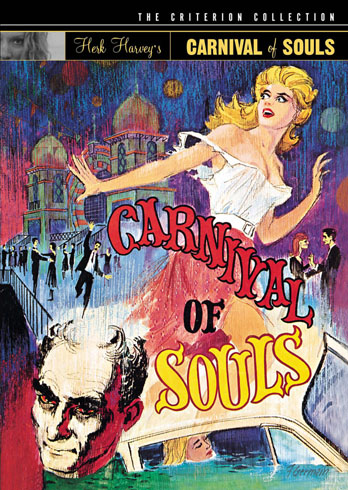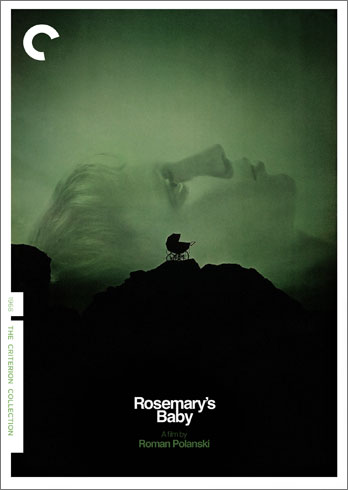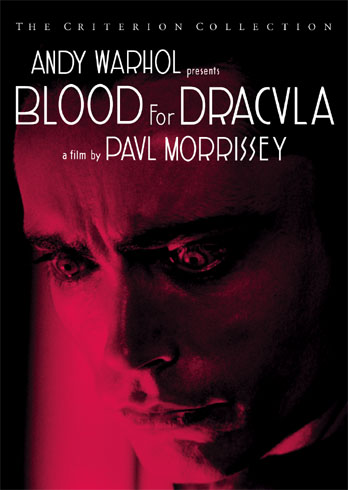Last week we looked at Gothic Films in the Criterion Collection made before 1950. Let’s now explore what the collection has to offer from the second half of the century!
The Night of the Hunter, 1955. Dir. Charles Laughton (USA).
The Night of the Hunter—incredibly, the only film the great actor Charles Laughton ever directed—is truly a stand-alone masterwork. A horror movie with qualities of a Grimm fairy tale, it stars a sublimely sinister Robert Mitchum as a traveling preacher named Harry Powell (he of the tattooed knuckles), whose nefarious motives for marrying a fragile widow, played by Shelley Winters, are uncovered by her terrified young children. Graced by images of eerie beauty and a sneaky sense of humor, this ethereal, expressionistic American classic—also featuring the contributions of actress Lillian Gish and writer James Agee—is cinema’s most eccentric rendering of the battle between good and evil.
Diabolique, 1955. Dir. Henri-Georges Clouzot (France).
Before Psycho, Peeping Tom, and Repulsion, there was Diabolique. This thriller from Henri‑Georges Clouzot, which shocked audiences in Europe and the U.S., is the story of two women—the fragile wife and the willful mistress of the sadistic headmaster of a boys’ boarding school—who hatch a daring revenge plot. With its unprecedented narrative twists and terrifying images,Diabolique is a heart-grabbing benchmark in horror filmmaking, featuring outstanding performances by Simone Signoret, Véra Clouzot, and Paul Meurisse.
Eyes Without a Face, 1960. Dir. Georges Franju (France).
At his secluded chateau in the French countryside, a brilliant, obsessive doctor (Pierre Brasseur) attempts a radical plastic surgery to restore the beauty of his daughter’s disfigured countenance—at a horrifying price. Eyes Without a Face, directed by the supremely talented Georges Franju, is rare in horror cinema for its odd mixture of the ghastly and the lyrical, and it has been a major influence on the genre in the decades since its release. There are images here—of terror, of gore, of inexplicable beauty—that once seen are never forgotten.
The Innocents, 1961. Dir. Jack Clayton (USA).
This genuinely frightening, exquisitely made supernatural gothic stars Deborah Kerr as an emotionally fragile governess who comes to suspect that there is something very, very wrong with her precocious new charges. A psychosexually intensified adaptation of Henry James’s classic The Turn of the Screw, cowritten by Truman Capote and directed by Jack Clayton, The Innocents is a triumph of narrative economy and technical expressiveness, from its chilling sound design to the stygian depths of its widescreen cinematography by Freddie Francis.
Carnival of Souls, 1962. Dir. Herk Harvey (USA).
Herk Harvey’s macabre masterpiece gained a cult following through late night television and has been bootlegged for years. Made by industrial filmmakers on a modest budget, Carnival of Souls was intended to have the “look of a Bergman” and “feel of a Cocteau,” and succeeds with its strikingly used locations and spooky organ score. Mary Henry (Candace Hilligoss) survives a drag race in a rural Kansas town, then takes a job as a church organist in Salt Lake City. En route, she becomes haunted by a bizarre apparition that compels her to an abandoned lakeside pavilion.
Rosemary’s Baby, 1968. Dir. Roman Polanski (USA).
Horrifying and darkly comic, Rosemary’s Baby was Roman Polanski’s Hollywood debut. This wildly entertaining nightmare, faithfully adapted from Ira Levin’s best seller, stars a revelatory Mia Farrow as a young mother-to-be who grows increasingly suspicious that her overfriendly elderly neighbors (played by Sidney Blackmer and an Oscar-winning Ruth Gordon) and self-involved husband (John Cassavetes) are hatching a satanic plot against her and her baby. In the decades of occult cinema that Polanski’s ungodly masterpiece has spawned, it has never been outdone for sheer psychological terror.
Blood for Dracula, 1974. Dir. Paul Morrissey (USA).
Paul Morrissey’s moralistic take on modern values is a brash mixture of humor, horror, and sex—and a revelation to fans of the horror film. In Blood for Dracula, the infamous count searches Italy for virgin blood. Criterion presents the long-suppressed director’s cut of this outrageous cult classic in a widescreen transfer.
The Devil’s Backbone, 2001. Dir. Guillermo del Toro (Spain/Mexico).
One of the most personal films by Guillermo del Toro, The Devil’s Backbone is also among his most frightening and emotionally layered. Set during the final week of the Spanish Civil War, it tells the tale of a twelve-year-old boy who, after his freedom-fighting father is killed, is sent to a haunted rural orphanage full of terrible secrets. Del Toro expertly combines gothic ghost story, murder mystery, and historical melodrama in a stylish mélange that, like his laterPan’s Labyrinth, reminds us the scariest monsters are often the human ones.







